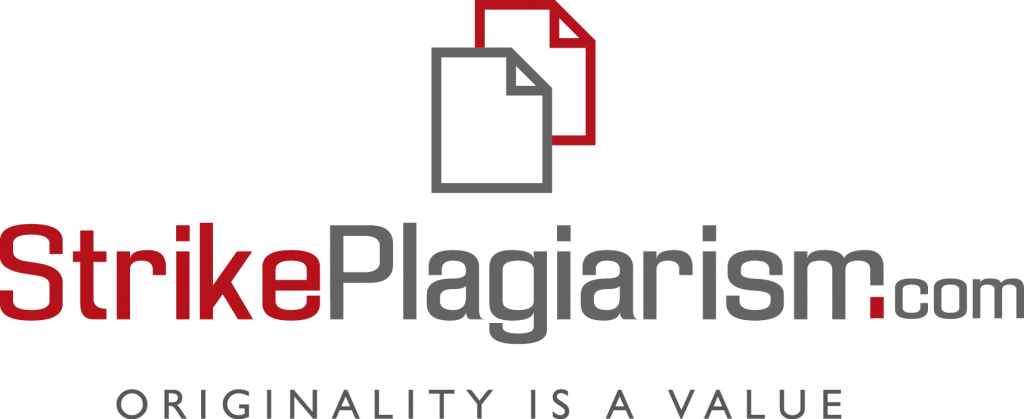INFLUENCE OF TECHNOLOGICAL FACTORS ON THE SURFACE CLEANLINESS OF COLD-ROLLED STEEL SHEETS
DOI:
https://doi.org/10.32782/3041-2080/2025-5-24Keywords:
cold-rolled steel, surface cleanliness, reflectivity, replicate method, rolling emulsion, annealingAbstract
The article presents the results of industrial research on factors that determine the surface cleanliness of cold- rolled steel sheets. Based on statistical analysis, five main parameters were identified as having a significant impact on steel contamination: the annealing furnace block, roll mileage of the 4th stand of the Tandem mill, strip thickness, rolling emulsion concentration, and emulsion operating time. It was found that factors such as the operating time of skin-pass mill rolls, the mileage of the rolls of the 1st stand of the continuous mill, as well as hydraulic oil leaks into the rolling emulsion, have virtually no effect on the surface cleanliness of finished products. For each of the identified parameters, optimal production ranges were established, taking into account technological capabilities, which made it possible to increase the reflectivity of the steel by 10.3 %. Recommendations for process improvement were proposed: maintaining the emulsion concentration at 1.5–1.9 %, limiting its operating time to 200 hours, performing rolling with work rolls of the 4th stand after more than 40 km of mileage, and annealing coils in block No. 11 furnaces under increased protective gas pressure. An experimental industrial trial confirmed the effectiveness of these recommendations: the surface quality of cold-rolled steel was improved compared to control heats. The results obtained are important for enhancing the competitiveness of products used in the automotive industry, packaging, and other sectors where steel surface cleanliness is critical.
References
Bergmann M., Krimpelstätter K. Minimum quantity lubrication MQL – substitutes traditional emulsion lubrication in tandem cold mill. AISTech Conference Proceedings. Nashville, Tenn., 8–11 May, 2017. Warrendale (Pa). 2017. P. 3549–3555.
Pesci C., et al. Controlling wear and surface cleanliness during cold rolling (LOWWEAR). Brussel. 2012. 156 p. DOI: https://doi.org/10.2777/23177
Спічак О., Кухар В., Широкобоков В. Промислові випробування прокатних емульсолів в умовах ПАТ «Запоріжсталь» для вибору оптимального продукту та вдосконалення технологічних прийомів роботи з прокатною емульсією. Науковий журнал Метінвест Політехніки. Серія: Технічні науки. 2025. № 3. С. 135–145. DOI: https://doi.org/10.32782/3041-2080/2025-3-17
Labiapari W., de Alcântara C., Costa H., De Mello J. Wear debris generation during cold rolling of stainless steels. Journal of Materials Processing Technology. 2015. Vol. 223. P. 164–170. DOI: https://doi.org/10.1016/J.JMATPROTEC.2015.03.050
Dick K., Lenard J. The effect of roll roughness and lubricant viscosity on the loads on the mill during cold rolling of steel strips. Journal of Materials Processing Technology. 2005. Vol. 168. P. 16–24. DOI: https://doi.org/10.1016/j.jmatprotec.2004.09.091
, Ge S., Zhao X., Zhou W., Xu X., Tang X., Ren J., Zhang J., Yi Y. The influence of annealing temperature on the microstructure and performance of cold-rolled high-conductivity and high-strength steel. Crystals. 2025. Vol. 15. No. 5. P. 469. DOI: https://doi.org/10.3390/cryst15050469
Krimpelstätter K., Bergmann M., Pröll C. Primetals lubrication expertise boosts new innovation in hot and cold rolling. 10th International Rolling Conference. Graz, Austria. 2016. P. 35–39.
Krimpelstätter K., Flaxa A. Minimum quantity roll-gap lubrication system – field of large potential to reduce your OPEC. The Iron and Steel Technology Conference and Exposition: AISTech 2013 Proceedings. Pittsburgh Pa, 5–9 May, 2013. Warrendale (Pa). 2013. P. 1655–1662.
Antonicelli M., Liuzzo U., Palumbo G. Evaluation of the effect of a natural-based emulsion on the cold rolling process. Journal of Manufacturing and Materials Processing. 2023. Vol. 7. No. 4. P. 121. DOI: https://doi.org/10.3390/jmmp7040121
Montmitonnet P., Bouadjadja N., Luong L., Bertrandie J., Dietsch H. On the mechanism by which chromium improves strip surface cleanliness in steel strip cold rolling. Key Engineering Materials. 2018. Vol. 767. P. 240–247. DOI: https://doi.org/10.4028/www.scientific.net/KEM.767.240
Jacobs L., Vervaet B., Hermann H., Agostini M., Kurzynski J., Jonsson N., et al. Improving strip cleanliness after cold rolling. Proceedings of the Institution of Mechanical Engineers. Part J: Journal of Engineering Tribology. 2011. Vol. 225. No. 9. P. 959–969. DOI: https://doi.org/10.1177/1350650111413639
De Mello J., Gonçalves J., Costa H. Influence of surface texturing and hard chromium coating on the wear of steels used in cold rolling mill rolls. Wear. 2013. Vol. 302. P. 1295–1309. DOI: https://doi.org/10.1016/j.wear.2013.02.006
Simão J., Aspinwall D. Hard chromium plating of EDT mill work rolls. Journal of Materials Processing Technology. 1999. Vol. 92–93. P. 281–287. DOI: https://doi.org/10.1016/S0924-0136(99)00124-7
Deltombe R., Dubar M., Dubois A., Dubar L. A new methodology to analyze iron fines during steel cold rolling processes. Wear. 2003. Vol. 254. P. 211–221. DOI: https://doi.org/10.1016/S0043-1648(03)00005-X
Huart S., Dubar M., Deltombe R., Dubois A., Dubar L. Asperity deformation, lubricant trapping and iron fines formation mechanism in cold rolling processes. Wear. 2004. Vol. 257. P. 471–480. DOI: https://doi.org/ 10.1016/j.wear.2004.01.012
Zelinski P. Keep your coolant in circulation. Modern Machine Shop. 1998. Vol. 70. No. 12. P. 96–98.
Downloads
Published
Issue
Section
License

This work is licensed under a Creative Commons Attribution-NonCommercial 4.0 International License.





